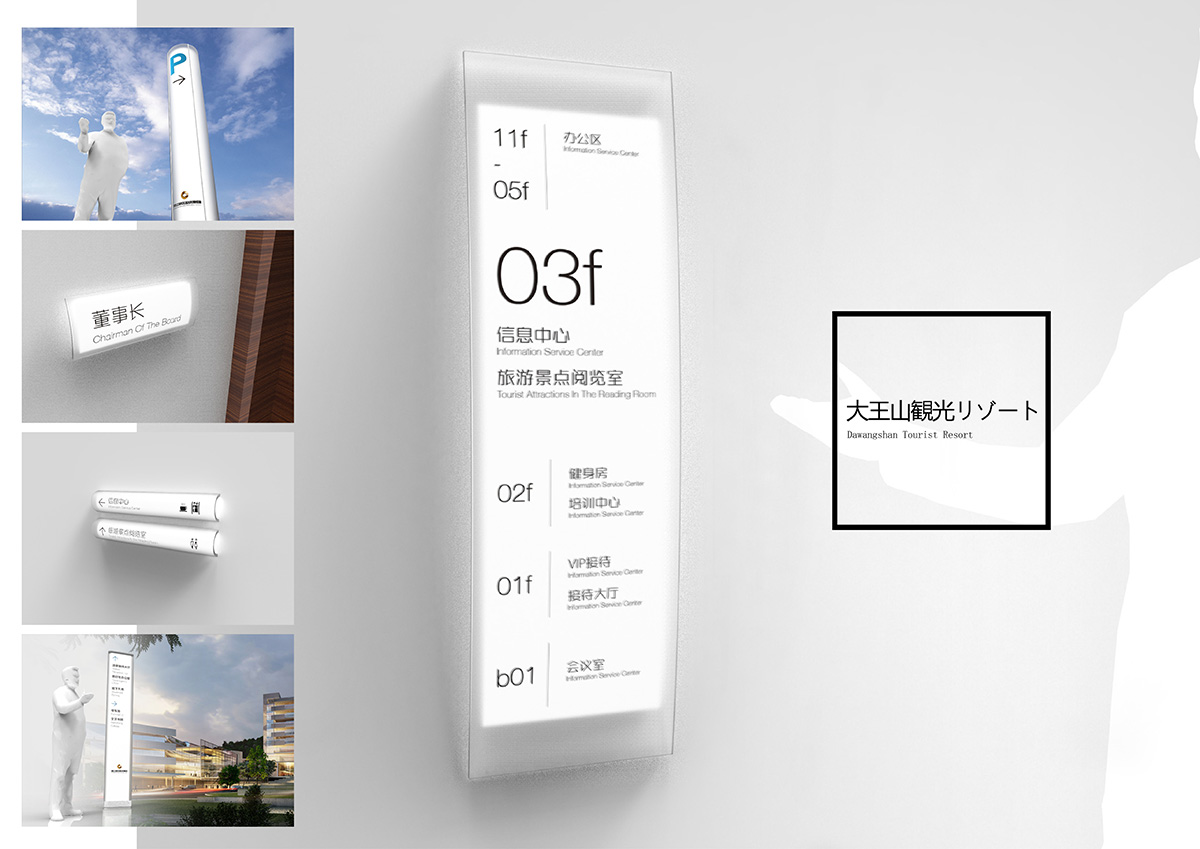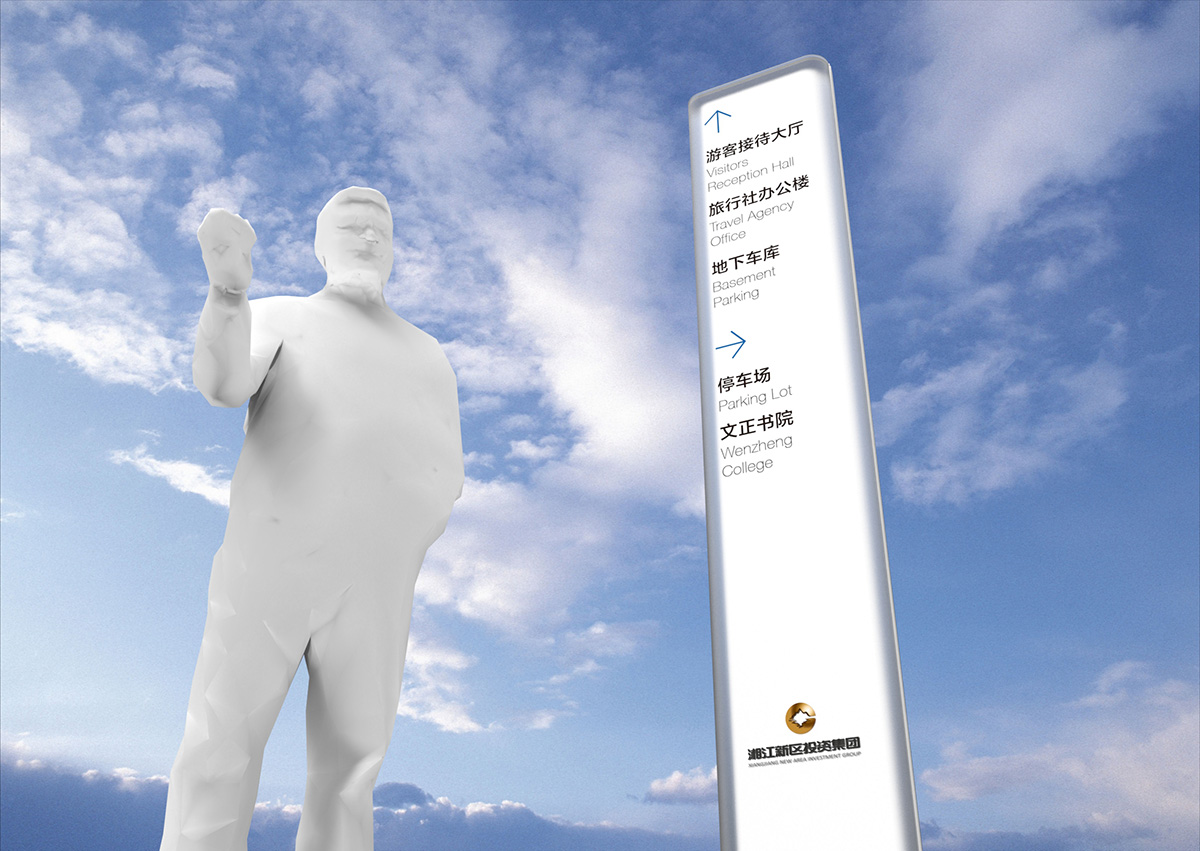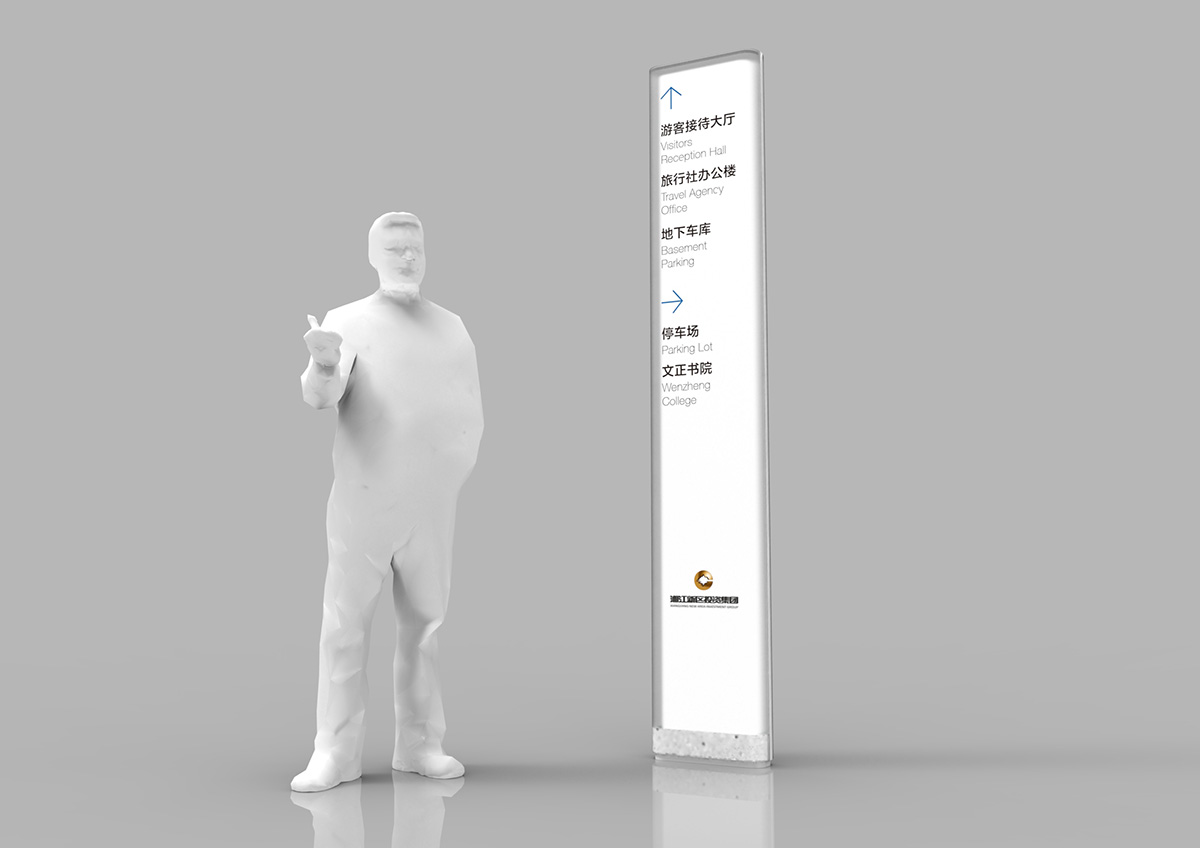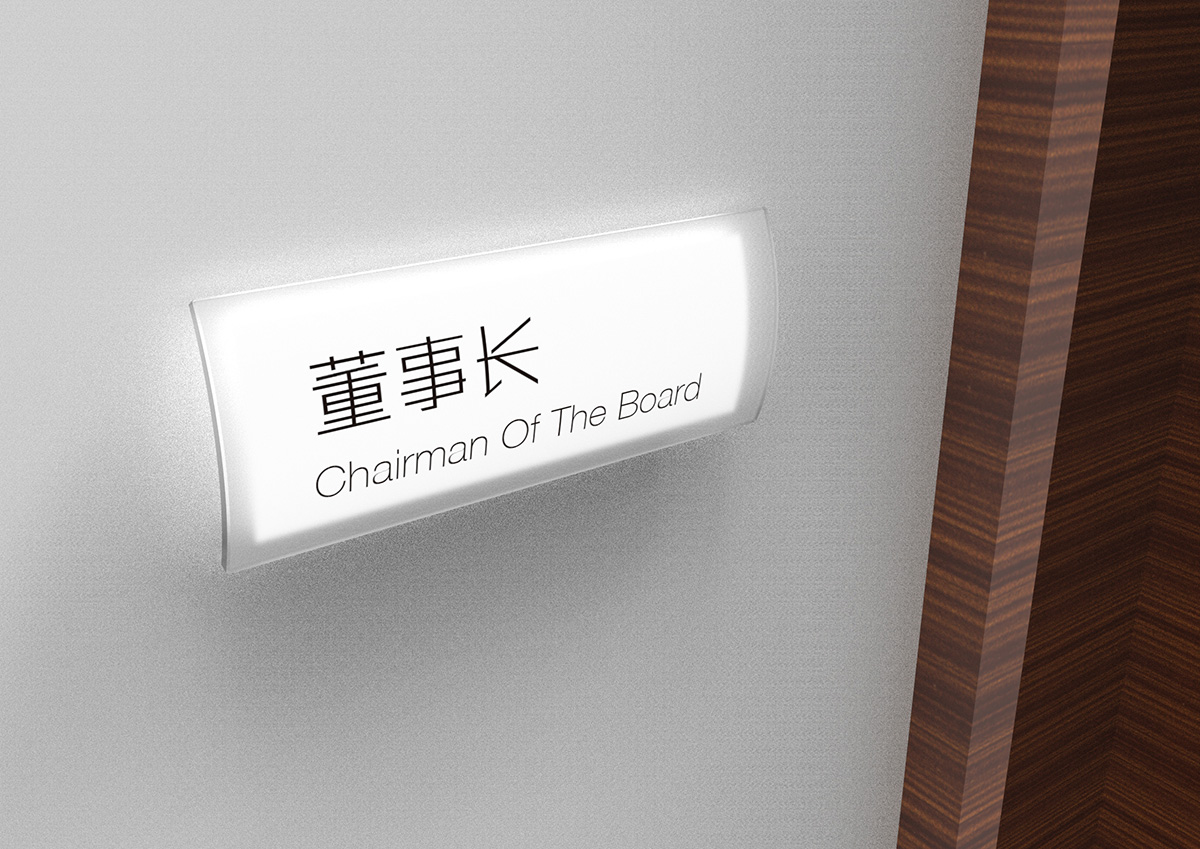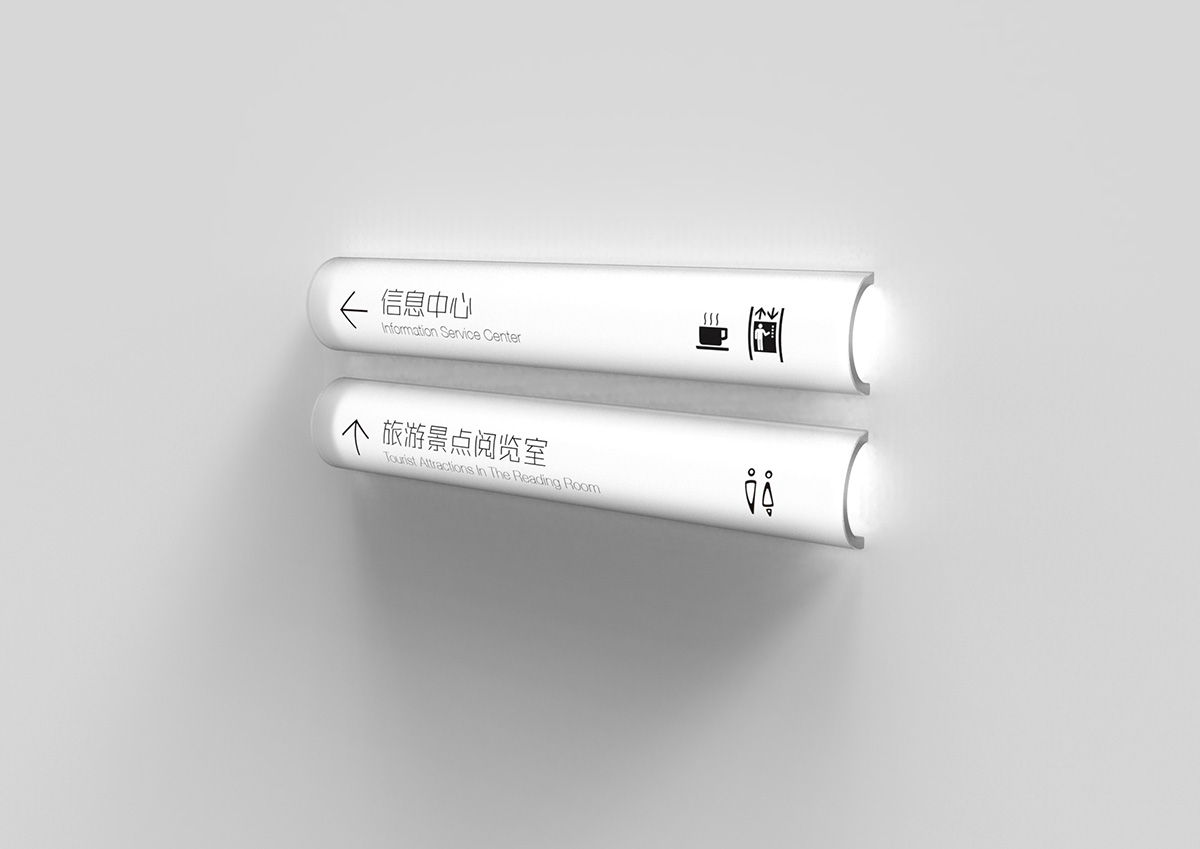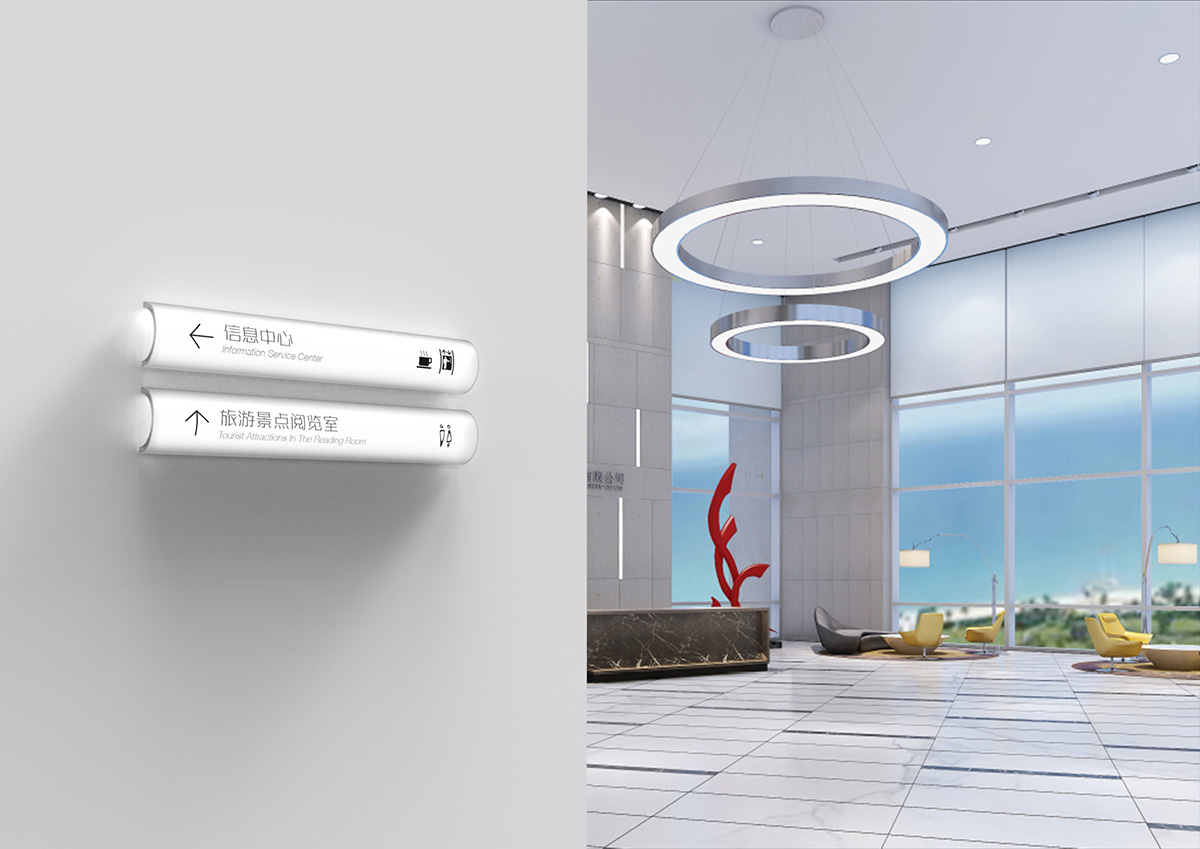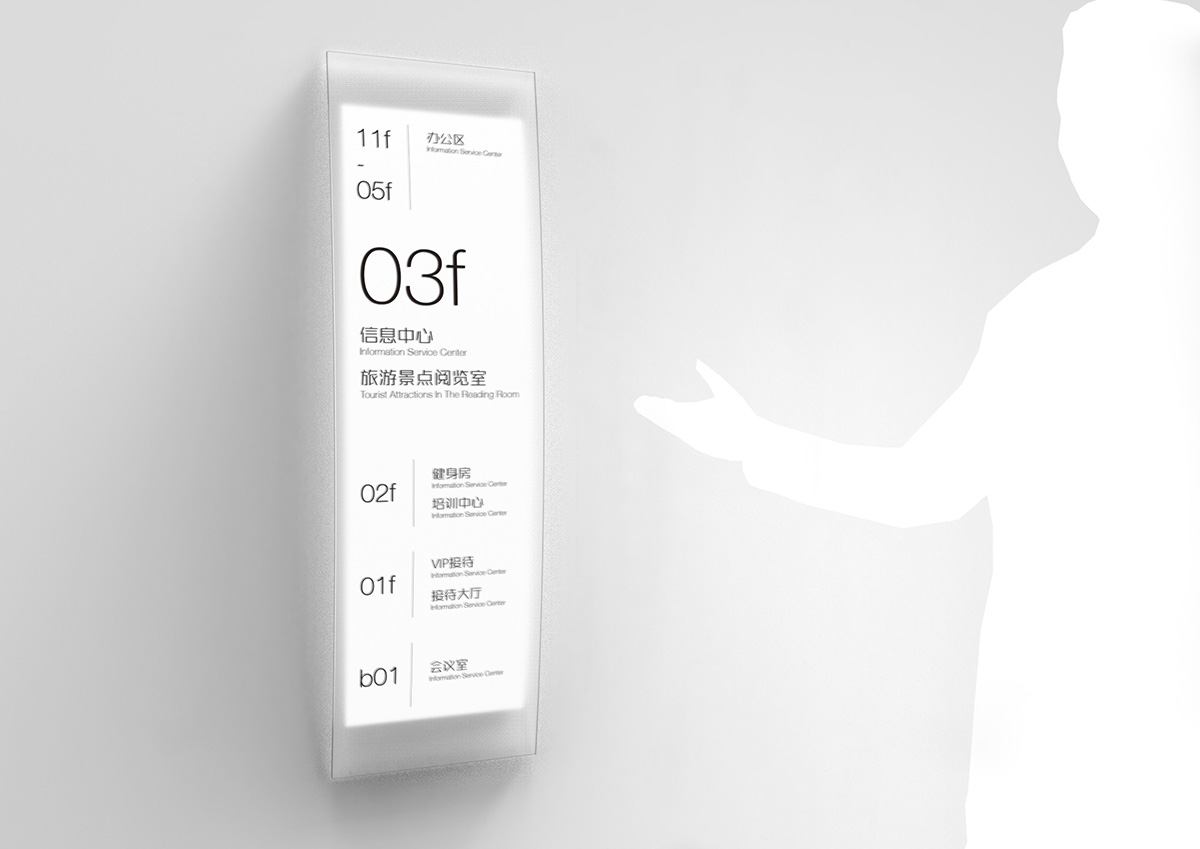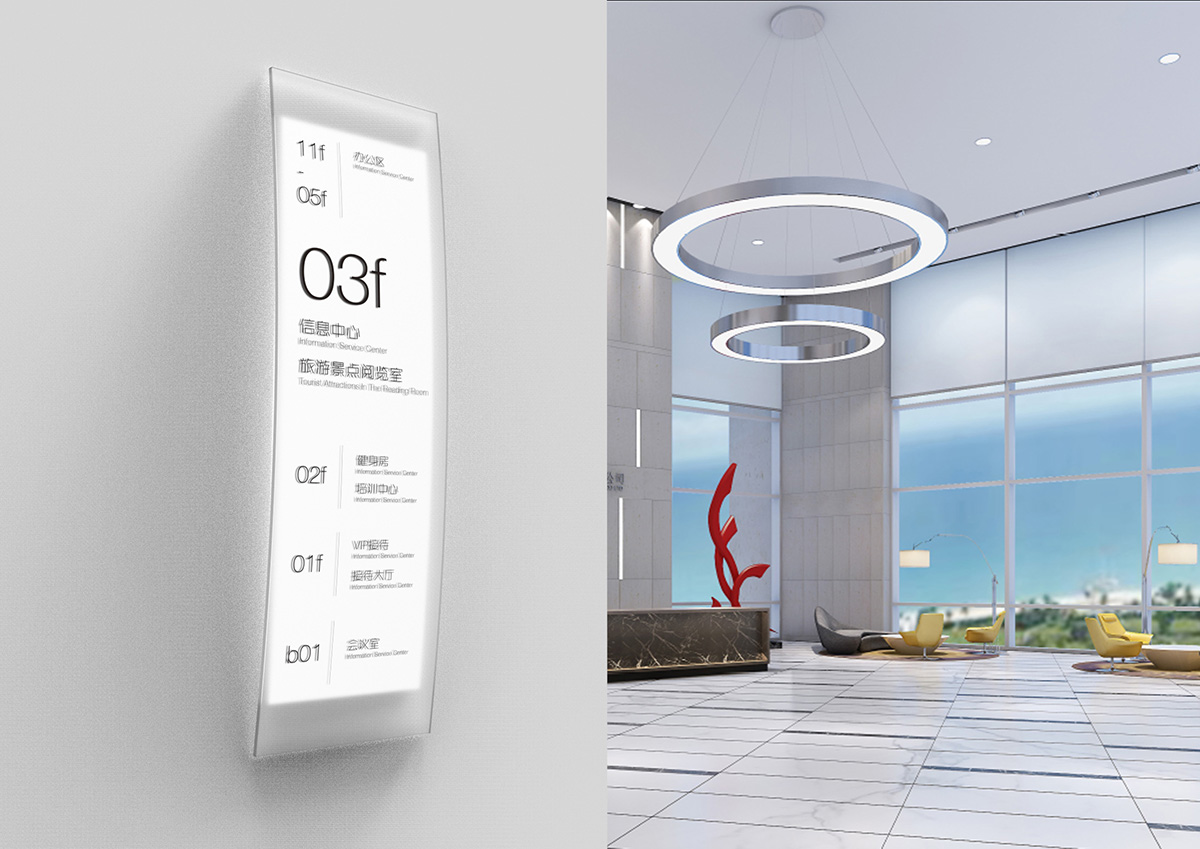
ソース:匠人設計
ビジター センターの標識システムの設計に関して、以下にいくつかの分析と提案を示します。...
ビジター センターの標識システムの設計に関して、以下にいくつかの分析と提案を示します。
1. 誘導機能に対する科学的、効率的かつ人道的な要件:
訪問者が目的地をすぐに見つけられるように、明確かつ簡潔な案内情報を設計します。
ビジター センターの空間レイアウトと合理化に応じて、科学的かつ合理的な誘導経路が設計され、誘導システムの効率とユーザー エクスペリエンスが向上します。
2.高級感:
ビジターセンターの上質なイメージを反映する、質感と耐久性の高いサイネージガイドシステムを実現するために、高品質の素材と製造プロセスが選択されています。
3. プロジェクト自体の特徴を見つけます。
ビジターセンターの特徴やブランドイメージを理解し、プロジェクトのブランドイメージとなる代表的なシンボルやパターンをデザインし、ブランド認知度を向上させます。
ビジター センターの文化的、歴史的、地理的特徴を組み合わせて、他のプロジェクトとの違いを強調する独自の識別要素をデザインします。
4. プロジェクト環境に統合します。
看板を単なるガイドツールではなく、ビジターセンタープロジェクトの文化の一部にしましょう。 ロゴデザインは、プロジェクトの独自性と魅力を高めるために、地元の文化や自然環境を反映することができます。
5. 色とグラフィックを区別します。
明るく鮮明な色と簡潔で明確なグラフィックを使用して、訪問者が方向情報を素早く識別し、さまざまな機能領域やサービス内容を区別できるようにします。
6.フォントサイズの差別化されたデザイン:
情報の重要性や優先関係に応じて、フォントサイズを変えて案内情報の重要性やレベルを瞬時に把握できるように設計されています。
7. 簡単な地図と距離の説明を追加します。
観光客がビジターセンターのレイアウトと位置関係をよりよく理解し、案内の精度を向上させるために、主要な基準点と距離の指示をマークした簡潔で明確な地図を設計します。
8. ナビゲーション情報は明確で読みやすいです。
標識情報とはっきりとしたコントラストをなすベースボードの色を選択すると、情報の可読性と視覚効果が向上し、方向情報がより目立つようになります。
9. 情報設定とポイント計画の一貫性:
来訪者が必要な情報をスムーズに見つけられるよう、看板の設置や配置計画に一貫性を持たせ、全体的な誘導効果を高めます。
10. 情報グラフィックと国際標準アイコンの使用:
異文化背景を持つ旅行者がガイド情報を簡単に理解できるように、グラフィックガイド標識や国際標準のアイコンを使用するようにしてください。
11. 置換可能なロゴに関する考慮事項:
ニーズが変化する多機能エリアや標識については、変化するニーズに柔軟に対応できる交換可能な標識システムの設計を検討してください。
12. アクセシブルな設計要件の分析:
特別なユーザーグループのニーズを考慮して、すべての観光客が案内システムを簡単に利用できるように、大きなフォントやグラフィックロゴなどを使用するなど、バリアフリーの案内ソリューションを設計します。
上記の点を考慮して、ビジターセンターの特性とニーズを満たす、効率的で美しく、使いやすい標識案内システムを設計します。これにより、プロジェクトのイメージが向上し、観光客に優れたナビゲーション体験を提供できます。
Regarding the design of the signage system of the visitor center, here are some analyses and suggestions:
1. Scientific, efficient and humane requirements for guidance function:
Design clear and concise guidance information to allow visitors to quickly find their destination.
According to the spatial layout and rationalization of the visitor center, a scientific and reasonable guidance path is designed to improve the efficiency and user experience of the guidance system.
2. Luxury:
High-quality materials and manufacturing processes are selected to achieve a signage guide system with high texture and durability, which reflects the fine image of the visitor center.
3. Find out the characteristics of the project itself.
Understand the characteristics and brand image of the visitor center, design a representative symbol or pattern that will become the brand image of the project, and improve brand awareness.
Combine the cultural, historical and geographical characteristics of the visitor center to design a unique identification element that highlights the difference from other projects.
4. Integrate into the project environment.
Let the signboard be a part of the culture of the visitor center project, not just a guide tool. The logo design can reflect the local culture and natural environment to enhance the uniqueness and attractiveness of the project.
5. Differentiate colors and graphics.
Use bright, clear colors and concise, clear graphics to help visitors quickly identify directional information and distinguish different functional areas and service contents.
6. Differentiated font size design:
Designed to instantly grasp the importance and level of guidance information by changing the font size according to the importance and priority relationship of the information.
7. Add simple maps and distance descriptions:
Design concise and clear maps with key reference points and distance instructions marked to help tourists better understand the layout and location relationship of the visitor center and improve the accuracy of guidance.
8. Navigation information is clear and easy to read.
Selecting a baseboard color that contrasts clearly with the sign information will improve the readability and visual effect of the information, making the directional information more noticeable.
9. Consistency of information setting and point planning:
Ensure consistency in sign installation and placement planning to help visitors find the information they need smoothly, enhancing the overall guidance effect.
10. Use information graphics and international standard icons:
Try to use graphic guide signs and international standard icons so that travelers with different cultural backgrounds can easily understand the guide information.
11. Considerations for replaceable logos:
For multi-functional areas and signs with changing needs, consider designing an interchangeable sign system that can flexibly respond to changing needs.
12. Analyze accessible design requirements:
Consider the needs of special user groups and design barrier-free guide solutions, such as using large fonts and graphic logos, so that all tourists can easily use the guide system.
Considering the above points, design an efficient, beautiful, and easy-to-use sign guide system that meets the characteristics and needs of the visitor center. This will improve the image of the project and provide tourists with a good navigation experience.

